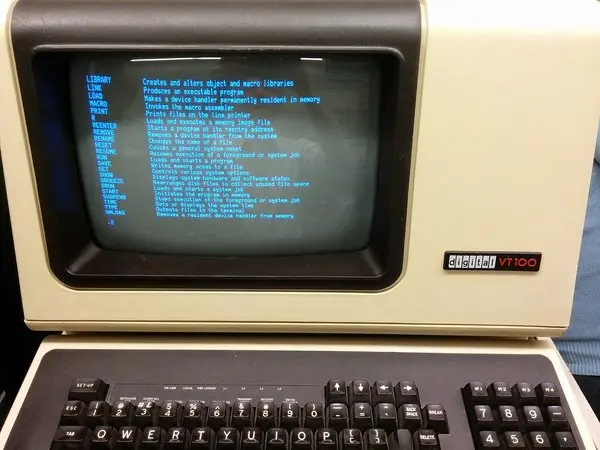
Mailutils is a swiss army knife of electronic mail handling. It offers a rich set of utilities and daemons for processing e-mail.
The mblaze message system is a set of Unix utilities for processing and intseracting with mail messages which are stored in maildir folders.
fdm is a program designed to fetch mail from POP3 or IMAP servers, or receive local mail from stdin, and deliver it in various ways.
Welcome to getmail 6, a mail retriever with support for POP3, POP3-over-SSL, IMAP4, IMAP4-over-SSL, and SDPS mail accounts. It supports normal single-user mail accounts and multidrop (domain) mailboxes. getmail is written in Python, and licensed under the GNU General Public License version 2.
getmail is a mail retriever designed to allow you to get your mail from one or more mail accounts on various mail servers to your local machine for reading with a minimum of fuss. getmail is designed to be secure, flexible, reliable, and easy-to-use. getmail is designed to replace other mail retrievers such as fetchmail.
public-inbox implements the sharing of an email inbox via git to
complement or replace traditional mailing lists. Readers may
read via NNTP, IMAP, Atom feeds or HTML archives.
Fast and scalable sql based email services
Storage of mail messages in a relational database
Frontends: IMAP4, POP3, ManageSieve, LMTP
Backends: MySQL, PostgreSQL, Oracle, and SQLite
Mailfromd is a general-purpose mail filtering daemon for Sendmail, Postfix and MeTA1. It is able to filter both incoming and outgoing messages using criteria of arbitrary complexity, supplied by the administrator in the form of a script file. The daemon interfaces with the MTA using Milter or PMilter protocols.
Quick Spam Filter (QSF) is an Open Source email classification filter, designed to be small, fast, and accurate, which works to classify incoming email as either spam or non-spam. To recognise spam, QSF strips the text out of the email (using MIME decoding and HTML stripping) and then splits it into tokens (words, word pairs, URLs, and so on). These tokens are then looked up in a database and analysed using the Bayesian technique to see whether the email should be classified as spam or not.